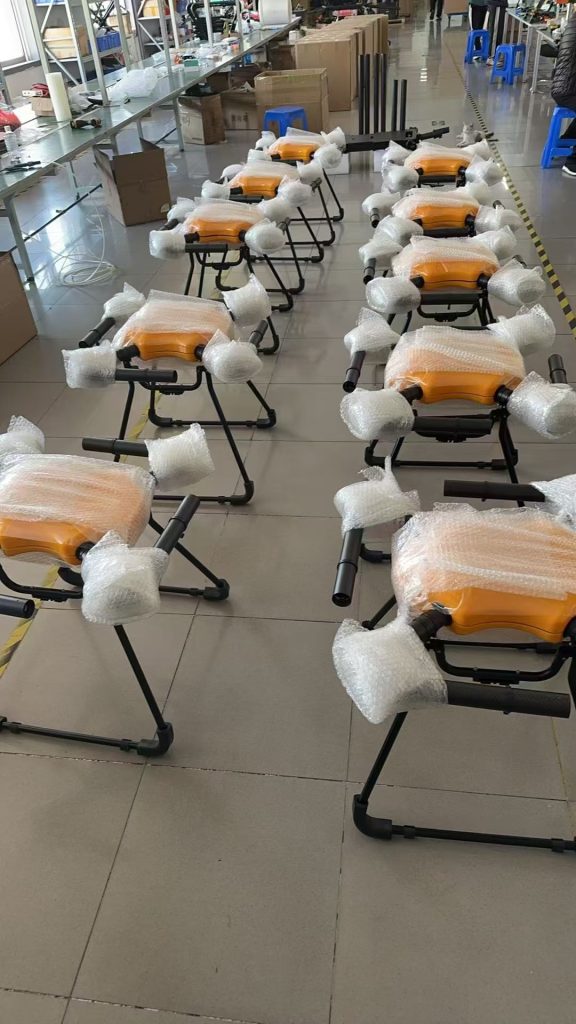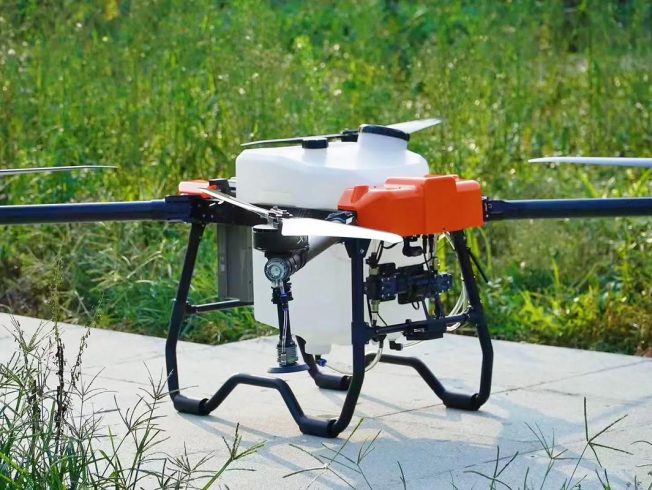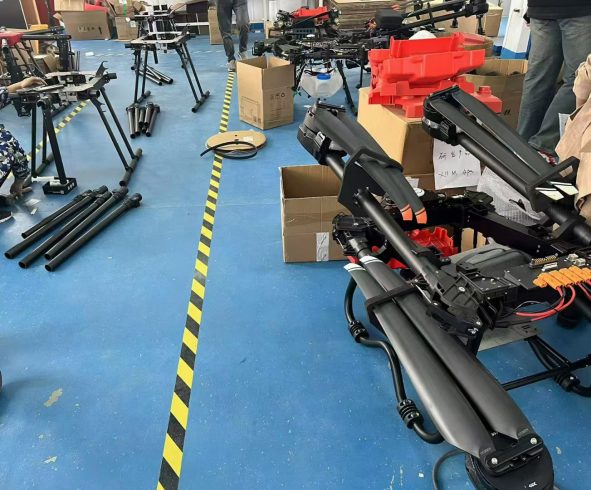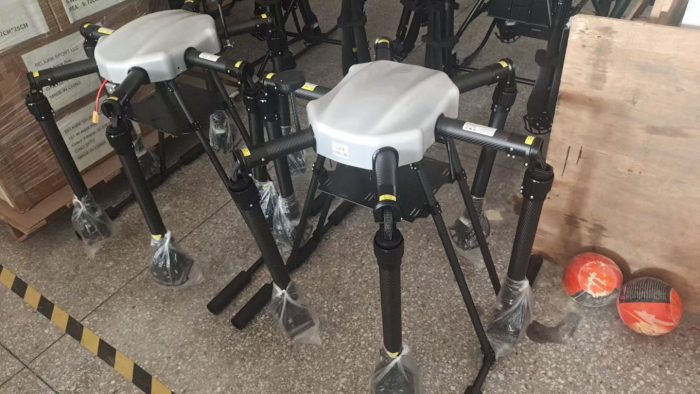
Drones have revolutionized industries by enabling rapid data collection, surveillance, and automation. However, the growing complexity of applications—from precision agriculture to emergency response—demands faster decision-making and reduced reliance on centralized systems. Enter edge computing drones: a transformative leap that combines aerial agility with localized data processing. By processing information directly on the drone, these devices eliminate latency, enhance privacy, and unlock new possibilities for real-time action. This article explores how edge computing drones are reshaping industries, their benefits, challenges, and the road ahead.
—
1. What Are Edge Computing Drones?
Edge computing drones are unmanned aerial vehicles (UAVs) equipped with onboard processors, sensors, and AI algorithms capable of analyzing data in real time. Unlike traditional drones that transmit raw data to cloud servers for analysis, edge drones perform computations locally. This decentralized approach minimizes reliance on internet connectivity and central infrastructure, making them ideal for remote or dynamic environments.
Key Components:
– Onboard AI Chips: Enable real-time image recognition, object detection, and predictive analytics.
– Edge-Optimized Sensors: Cameras, LiDAR, thermal imaging, and multispectral tools generate actionable insights.
– Lightweight Software: Edge-native platforms prioritize efficiency, balancing computational power with energy constraints.
—
2. How Edge Computing Enhances Drone Performance
The integration of edge computing addresses critical limitations of cloud-dependent drones:
– Ultra-Low Latency: Immediate processing allows drones to react instantly. For example, a search-and-rescue drone can detect heat signatures and adjust its flight path without waiting for cloud feedback.
– Bandwidth Efficiency: Reduces data transmission costs by filtering and processing raw data on-site. Only critical insights are sent to the cloud.
– Enhanced Security: Sensitive data (e.g., surveillance footage) remains localized, minimizing exposure to breaches.
– Offline Functionality: Operates reliably in areas with poor or no internet connectivity, such as rural farmlands or disaster zones.
—
3. Applications Across Industries
Agriculture
– Precision Farming: Drones analyze soil health, crop stress, and pest infestations in real time, enabling immediate targeted interventions.
– Autonomous Spraying: Edge AI optimizes chemical application rates based on live crop imagery, reducing waste and environmental impact.
Search and Rescue
– Disaster Response: Process thermal and visual data mid-flight to locate missing persons in collapsed structures or wildfires.
– Swarm Coordination: Multiple drones collaborate autonomously, sharing processed data to map large areas efficiently.
Industrial Inspections
– Infrastructure Monitoring: Detect faults in power lines, pipelines, or wind turbines using edge-based computer vision.
– Oil Rig Safety: Identify safety hazards (e.g., gas leaks) instantly, triggering automated alerts.
Smart Cities
– Traffic Management: Monitor congestion and adjust traffic signals in real time during peak hours.
– Public Safety: Analyze crowd behavior during events to preemptively address security threats.
—
4. Advantages Over Traditional Drones
– Cost Savings: Lower cloud storage and data transfer fees.
– Sustainability: Reduced energy consumption from minimized data transmission.
– Scalability: Deployable in large numbers without overloading central servers.
– Reliability: Uninterrupted operation in connectivity-challenged regions.
—
5. Challenges and Solutions
Hardware Limitations
Edge drones require compact, high-performance processors, which can generate heat and drain battery life.
Solution: Advances in neuromorphic chips and energy-efficient AI models optimize performance while minimizing power use.
Data Privacy Concerns
Local data storage raises questions about ownership and compliance.
Solution: On-device encryption and blockchain integration ensure secure, auditable data handling.
Integration Costs
Upgrading legacy systems with edge capabilities demands upfront investment.
Solution: Modular edge kits and cloud-edge hybrid models allow phased adoption.
—
6. The Future of Edge Computing Drones
As AI and hardware evolve, edge drones will become smarter and more autonomous:
– Federated Learning: Drones collaboratively train AI models without sharing raw data, enhancing privacy.
– 5G/6G Synergy: Faster networks will complement edge computing, enabling seamless updates and multi-drone coordination.
– Industry-Specific Innovation: Customized edge solutions for sectors like healthcare (e.g., drone-delivered vaccines) and logistics (e.g., last-mile delivery in urban canyons).
—
Conclusion
Edge computing drones are redefining the boundaries of aerial technology, offering unparalleled speed, security, and adaptability. By processing data where it’s generated, these drones empower industries to act faster, reduce costs, and embrace sustainability. As AI chips shrink and connectivity expands, edge drones will transition from niche tools to mainstream assets, driving innovation in an increasingly data-driven world. For businesses and governments seeking a competitive edge, adopting edge computing drones isn’t just a leap forward—it’s a strategic imperative.
THE END












暂无评论内容